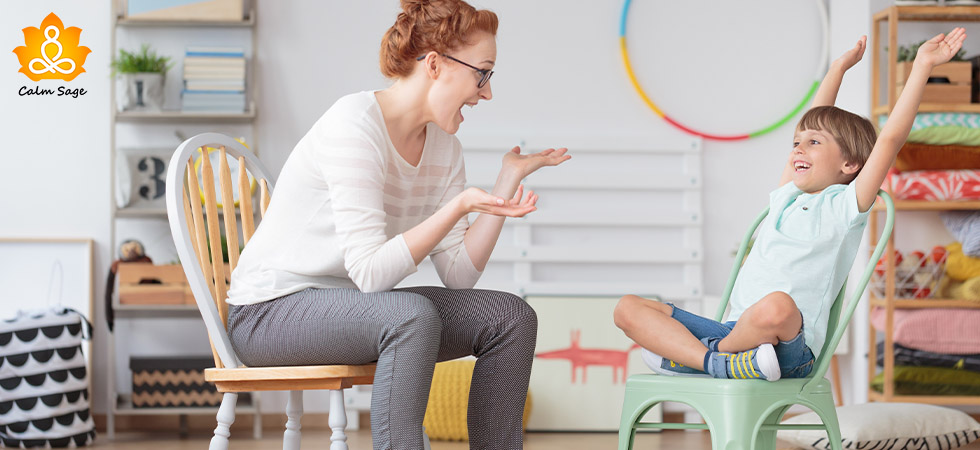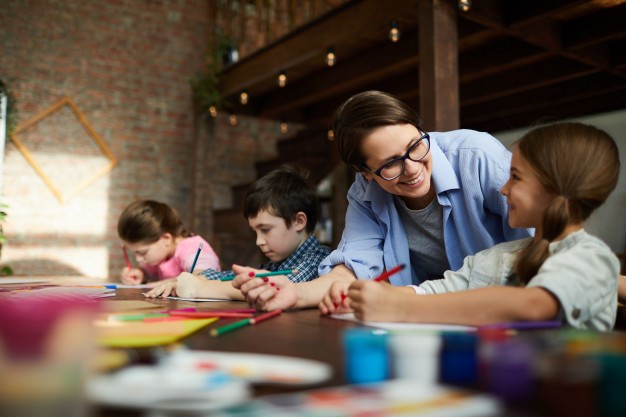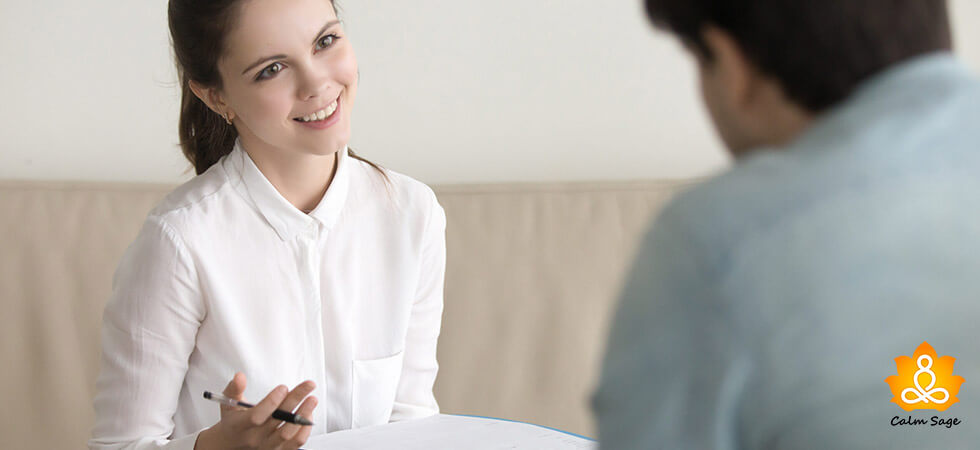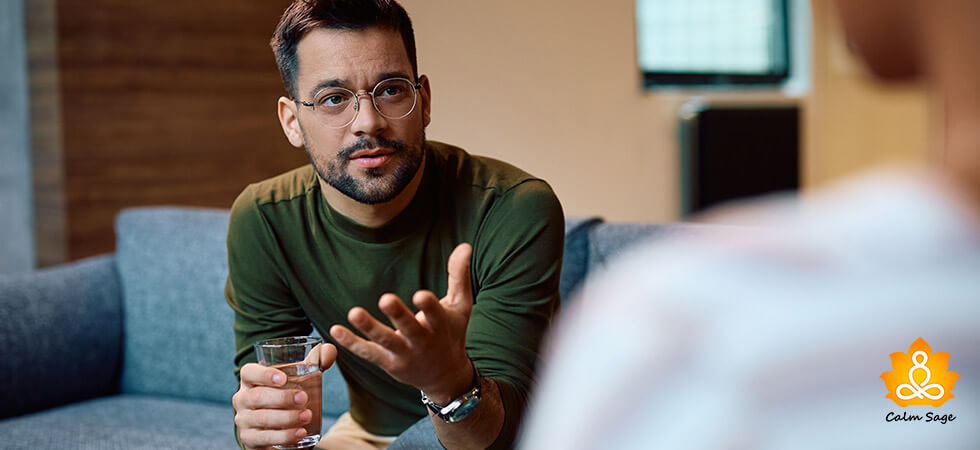Cognitive Behaviour Therapy (CBT) For Kids | What Makes It The Right Therapy For Your Child

With age, the needs, the challenges, and the area of development change, and so changes the therapy technique. As not all therapies are perfect for the child there is a therapy that works well with kids- Cognitive Behavioural Therapy.
We all are different. We all have different emotions, thoughts, and actions in a particular situation. These differences can be subjected to various demographic dimensions, age being one of the most important ones. That is why we can’t apply the same therapy to adults and kids.
Lets Understand what Cognitive Behavioural Therapy is and how cbt works for kids.
Cognitive Behaviour Therapy for Kids
CBT is a talk therapy that is found to work effectively for all ages. It focuses on thoughts, emotions, and behavior. The best part of CBT is that it works for all, kids with and without any mental health concerns can both benefit from it.
The theme behind CBT for kids is similar to that of adults. Wherein a child is taught to be aware of their unhelpful thoughts, understand the emotions behind it, and further take reasonable action to change them.
- Thoughts: They are the words that run through our minds. They are triggered by a situation. Each individual will have different thoughts about a given situation.
- Feelings: It is all about how that emotion makes you feel? It can make you feel happy or sad, comfortable or overwhelmed, depending on the thought.
- Actions: Depending on the first two factors, you take actions. Basically, your thoughts and emotions are the reasons why you behave in a particular manner.
How CBT Works For Children
CBT is a systematic approach where the therapist, the parent or caregiver, along with the child discuss the goals and develop a treatment plan. It usually lasts for 6-20 sessions depending on the issue that is being resolved. The aim here is to teach the child effective skills that empower him or her.
Also, the practical implication of the same is taught. This is usually achieved through different CBT techniques and worksheets.
The best part is that CBT doesn’t follow the one fit for approach, which means, depending on the variables like- age, culture, and issue, it can be molded.
CBT can be conducted in several ways. This includes:
- Individual sessions: This involves only the child and the therapist.
- Parent-child sessions: The therapist works with parents and child together, ensuring a growing environment at home as well.
- Family-based sessions: Here the therapy will involve the child, parents, and other important family members.
- Group sessions: When a group of kids faces the same issue then the therapist works with them together.
Example of Cognitive Behaviour Therapy for Kids
Imagine a child has a negative self-image. He thinks that if something wrong is happening it is due to him. Here is how CBT will help the kid.
Situation: Child A is upset as his friend Pixie has not spoken much to her in the past few days.
Before CBT:
- Thoughts: Pixie is not talking as much to me as she used to. She must be mad at me.
- Feelings: This makes me feel sad and a little of myself.
- Actions: As a result, Child A decides to ignore and avoid Pixie at all costs.
Result: This sours the kid’s relationship with others and adds a maladaptive coping skill in his life’s tool kit.
After CBT:
By learning that the thoughts are just guesses and they don’t determine the final outcomes, the child learns to build healthy thoughts.
In the same situation child, A is now likely to have new thoughts, feelings, and corresponding actions.
- New Thought: Pixie might be upset about something unrelated to me.
- New Feelings: I am worried about her.
- New Actions: I should go and talk to her. I might be of some help to her.
Result: Child A improves his relationship with others and learns an important life skill.

CBT Techniques That Work for Kids
This new ideology and living style is developed by a child through different techniques. Some of the techniques that are most frequently used for kids in CBT are:
- Play therapy.
- Trauma-focused CBT.
Issues Resolved Through CBT in Kids
The reason why CBT is being used for kids proactively is that it can resolve different issues being faced by a child. It only helps with mental health conditions but also the specific ones that a child is likely to face as he grows. Some of these issues are:
- Anxiety and mood disorders.
- Attention Deficit Hyperactivity Disorder (ADHD).
- Trauma and PTSD.
- Anxiety with Autism Spectrum Disorder.
- Self-defeating thoughts.
- Impulsivity and tantrums.
- Negative self-image,
- Maladaptive Coping Strategies.
- Low self-esteem.
How effective is CBT for kids?
A large body of research has shown that CBT works effectively for kids. According to a meta-analysis of available research 60% of youth were treated for anxiety disorder through CBt.
Not only they recovered but also showed positive follow-up progress even after 4 years. Clearly showing that the benefits earned by CBT are not just for the short-term but for the long run as well.
CBT is a safe place for a child wherein they learn to address a wide range of concerns. Thus, making it an effective treatment approach for kids.
List of Benefits of Using CBT for Kids (Research-Based)
1. Reduced Anger (According to Research Sukhodolsky, 2016)
CBT is found to improve moderate to severe levels of anger, physical aggression, and irritability among children and adolescents.
2. Improved Social Skills ( PenCRU, 2017)
Young adults with autism have shown a positive change in their expressiveness and social skills through CBT. They also reported decreased social anxiety.
3. Better Coping With Emotions( According to Research University of Cambridge, 2011)
CBT teaches a child to be able to cope with their emotions effectively. Which in turn reduces their chances of having mental health issues later in life.
4. Reduced Anxiety (Suveg et al, 2009)
Children experienced improved emotional awareness and regulation through CBT. This in turn resulted in reduced levels of anxiety.
5. Perceived Sense of Mastery (Clabby, 2006)
CBT is found to enhance social skills, problem-solving skills, self-control, self-efficacy, and zeal to participate in activities. This brings a sense of mastery in their life.
6. Improved Sleep (de Bruin et al., 2014)
CBT has significantly improved sleep onset and instances of waking after sleep, sleep time, and sleep efficiency.
7. Relief in Migraine & Related Issues (Powers et al, 2013)
CBT combined with other treatment has resulted in reduced headache.
8. Treatment of Mental Health Conditions (Knell, Wozner, & Rahav, 1999)
CBT (play therapy) is found to be used in treatment of different mental health issues such as selective mutism, OCD, separation anxiety, abuse (physical, social, and emotional), trauma, unhealthy negative emotions, and anxiety disorder.
From the above discussion, one thing is clear Cognitive Behaviour Therapy can definitely help children reframe and recreate their perceptions, emotions, and actions altogether. This in turn makes them ready to face life realities with effective coping skills in hand.
How to Find CBT Therapist for a child?
There are many Professional Available online and offline both. They have experience in providing cbt therapy to kids. so it can be sometimes confusing to decide which one to go for. Here is what you can check before finalizing the cbt professional for your child.
Things to Keep in Mind while finding cbt for kids
- Check for licensed professionals
- how much experience they have practicing CBT Therapy.
- DO therapy provides an offline or online mode of therapy?
- do they provide insurance coverage or not?
And if you are comfortable with the online mode of cbt therapy. CalmSage Suggests you go for online-therapy.com. They have a specialization in providing CBT Therapy. They have a large pool of professionals with years of experience.
Get 20% off on Online-Therapy.com
Final Words:
So if you wish to guide your child in a productive and positive light along with resolving issues that might hamper his wellness, then you can opt for CBT for your kid.
Thank you for reading!!!





















We most of the times perform these activities but we never knew that these are therapies. Thanks for this wonderful compilation!